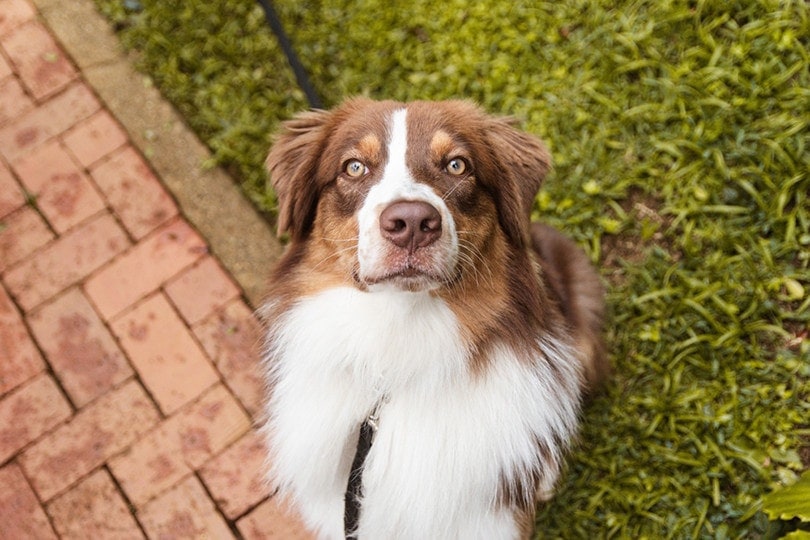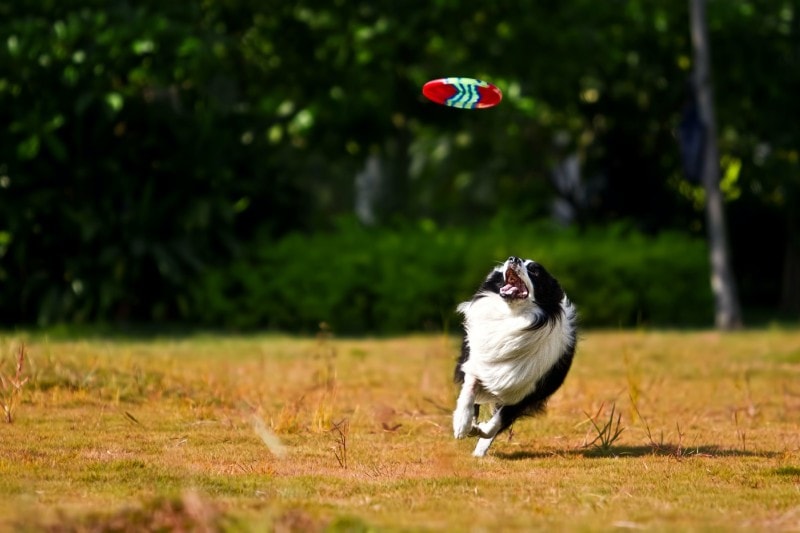How to Train Your Dog to Bow With 3 Simple Methods
Updated on
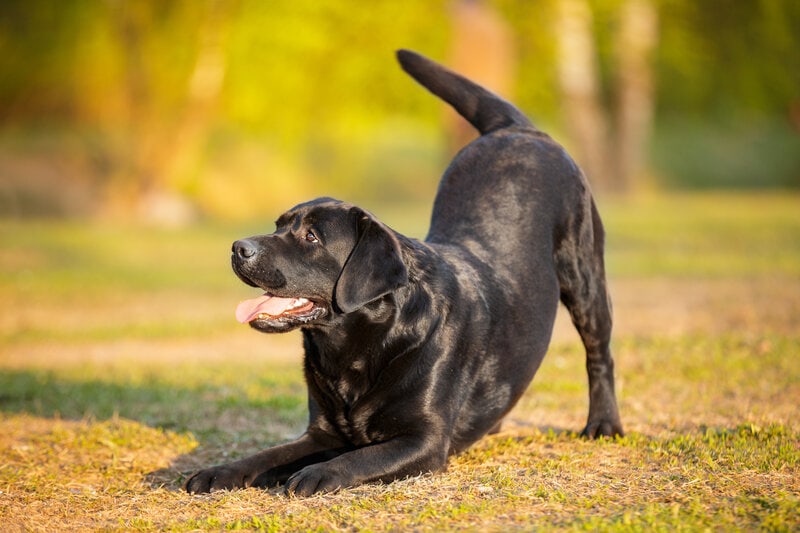
Training a new puppy is one of the most challenging and rewarding aspects of bringing a new furry friend into your home. You can teach your dog to sit, stop, and stay. You can get more creative and train your dog to give high fives, play dead, and even bow. All it takes to train your dog is dedication, time, and consistency.
If you have already taught your dog basic commands like sit, stay, and come, then teaching them a more advanced command like bow shouldn’t be too difficult for you. Let’s take a look at different methods for training your dog’s new tricks and the steps to follow in each.
Start with Obedience Training
Before you can train your dog to do tricks like lay down or sit, you need to start with basic obedience training to not only build a relationship with your dog but also increase their attention span and teach them the absolute basics. Before starting with more advanced commands, you must teach your dog basic functional training.
You will want to use verbal cues, treats, or hand signals to establish a set system for you and your dog. Whenever your dog performs the correct action, give them a treat. The most powerful tool in training your dog is positive reinforcement.
The 3 Simple Methods To Train and Teach Your Dog To Make a Bow
Your dog may get confused at first, thinking you are trying to get them to lay down, so patience will be essential. Let’s look at some of the most common methods to train your dog to take a bow. If one of these methods doesn’t work for you, you can always try the next one.
1. Treats Training Method
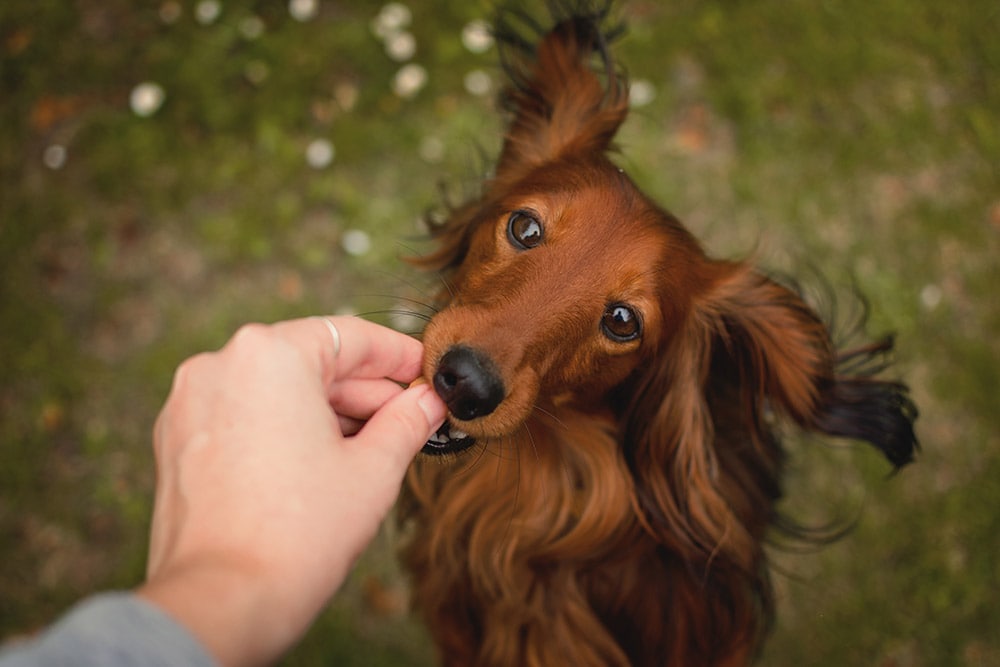
Training with treats is one of the most common methods, for a good reason. All you need to do is keep a steady supply of your dog’s favorite treat on hand to entice them into the perfect bow. This method works the best for puppies, new dogs, or dogs that don’t respond well to complete dominance. If you know your dog is food motivated, this is also the best method for you.
- Keep your dog in a standing position. While your dog stays standing, hold a treat close to its nose and slowly bring it towards the ground so your dog starts to lower its body.
- Make sure your dog’s hind legs stay in the standing position. Using the treat, guide your dog’s chest toward the ground while their hind legs stay up. After a few seconds in this bow position, slowly take the treat back up, so your dog lifts up out of the bow position.
- Reinforce with positive affirmations. Once your dog successfully completes a full bow, use positive words and give them their treat.
- You want to keep training sessions short to maximize your dog’s attention span and retention. You should repeat this twice for no longer than 5 minutes at a time.
- We recommend you use a spoken command like “bow” or “curtsey” and a hand signal for your dog to use as a cue. Once your dog gets the hang of your signal cues, it will slowly begin being able to perform the trick with fewer treats used as a lure.
2. Focus on Front Training Method
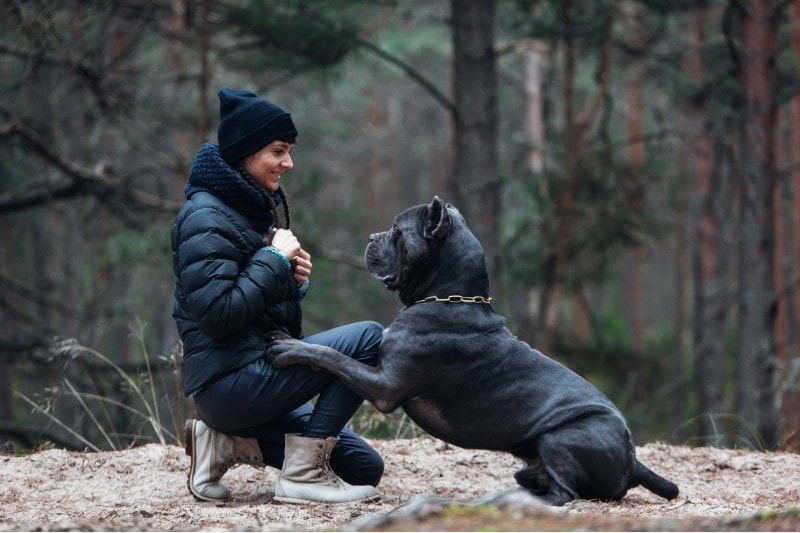
In this method, you will be more focused on verbal commands and a dominant attitude to lead the bow. If your dog is already highly trained, this approach will work well for you. If your dog is more sensitive, the dominating method may not be suitable and may even be counterproductive in some circumstances.
- Lure the motion with treats. You must keep a treat in one hand and show your dog. Use your other hand to push your hand downwards towards the ground and your dog’s chest, and then slide it along the floor. Encourage your dog to follow the motion down onto their elbows and chest.
- Lure back upwards. As soon as your dog gets down onto their elbows and chest, use a swift motion to pull the treat back up and have the dog follow. This will keep them from going into a full lay-down position on the ground. Make sure you do not allow your dog to go into a full sitting position.
- Reward your dog with the treat. Once your dog completes the full bow motion, give them the treat in your hand along with positive reinforcement. It is always important to let your dog know they have done a good job.
- Repeat and add verbal commands. Once your dog understands the movement, reinforce the verbal command like ‘bow’ or your chosen hand signal. When your dog starts taking a bow on command, you can begin to phase out using the treats.
It may be easier to introduce the bow command in succession with other commands they already have mastered. For example, you start by telling your dog to sit and follow it with the new bow command.
3. Clicker Training Method
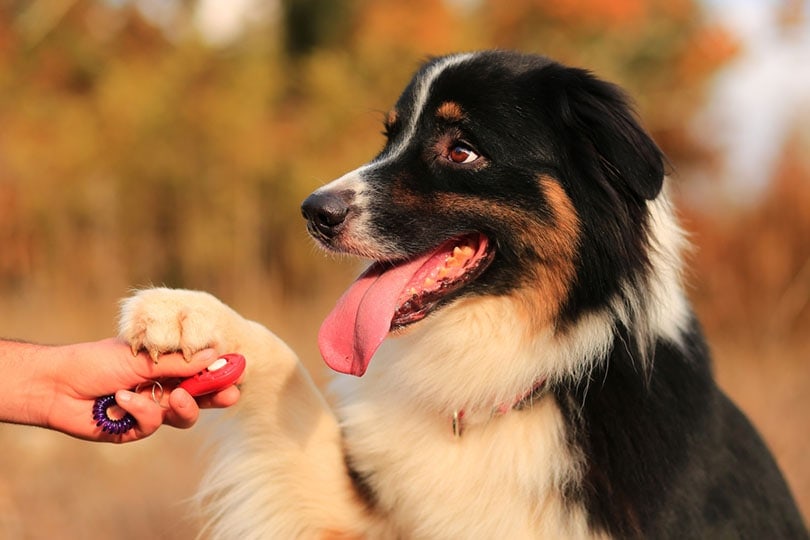
If you’ve used the clicker method for any other training with your dog, you should use this method here as well. Keeping things consistent is vital when it comes to training as a whole and teaching your dog new tricks. Using this familiar technique will help your dog learn the new trick quickly.
- Start your dog in the standing position. Make sure your dog always starts in a standing position before you begin.
- Entice them with a treat. Put the treat up to the tip of your dog’s nose and use it to guide them down to the ground. Encourage your dog to follow the treat until its elbows touch the ground.
- Have them hold the position. When your dog’s elbows and chest reach the floor, have them hold the position without fully laying down. If your dog does lay down completely, repeat step one until they hit the correct position again.
- Click and treat. Use the treat to lure your dog back into a full standing position. Ensure you quickly click the clicker and provide a treat to reinforce that they completed the full trick and did well.
- Repeat and add a bow command. Make sure you add in a verbal ‘bow’ command as you have the dog repeat the motion. Offer a click and a treat every time your dog completes a bow.
Tips and Tricks for Training
It is always important to remember not to get frustrated with your dog. You don’t want your dog to think you are upset when teaching it a new trick. Do not get angry or show frustration during your training sessions. Talk gently, and make sure to reward any little steps towards improvement. Dogs respond best to positive reinforcement, and it is highly likely your dog will not understand why you are upset with them.
Training your dog to do tricks will take patience from you and your dog. If you notice your dog losing interest or growing frustrated, it is best to call off the training and give them a well-deserved break and reassurance. All dogs learn differently, so try to keep your training sessions short and upbeat.
Featured Image Credit: Natalia Fedosova, Shutterstock




